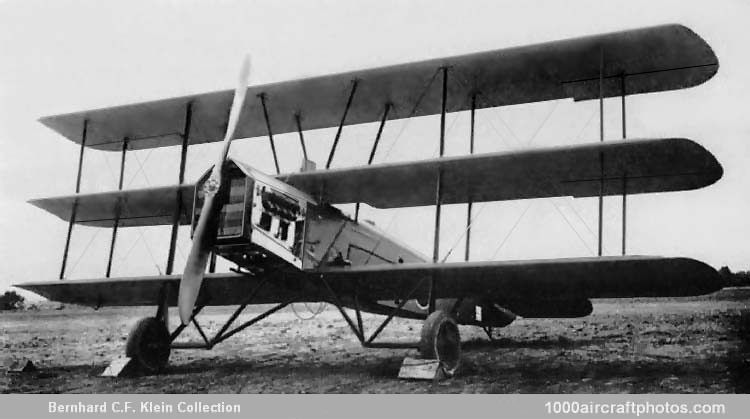12/29/2014. Remarks by Johan Visschedijk: "In 1921, the Imperial Japanese Navy ordered Mitsubishi to develop three types of carrier-based aircraft: a fighter, a scout and a torpedo-bomber. These aircraft were to be adopted for the first Japanese aircraft carrier Hosho, which was planned to be launched in 1922. Mitsubishi turned to the former designer of the British company Sopwith, Herbert Smith, with a proposal to design all three aircraft with the help of Japanese designers. Smith accepted the job and brought with him another seven British aviation experts. The first two aircraft, the fighter 1MF1-5 and the scout 2MR, were very successful machines, which remained in production and in service for a long time. The third aircraft was not able to share this success, this was the 1MT1N.
Observing the success of the first two Smith projects, the Navy wanted to speed up work on the torpedo-bomber, and the first prototype was completed on August 9, 1922. Of fabric covered wooden construction, the aircraft was equipped with a 450 hp Napier Lion twelve-cylinder liquid-cooled engine driving a two-bladed wooden propeller. Piloted by William Jordon, the prototype was tested at the Mitsubishi factory airfield in Nagoya, and in general, the aircraft proved satisfactory performance, consistent with the requirements. Soon thereafter the second prototype was finished and tested by Navy pilotes at Kasumigare, after which the Navy officially accepted the aircraft into service under the designation Navy Type 10 Carrier Torpedo-bomber, becoming the first carrier torpedo-bomber in the history of Japanese aviation, and the first and only triplane type built in Japan.
For an excellent maneuverability Smith had decided to use the triplane planform, which successfully established itself in WW I. However, this planform proved to be disastrous for the aircraft and the 1MT1N was too cumbersome to be placed on an aircraft carrier. Despite favorable reviews of Nany pilots on the plane, especially its maneuverability, the Navy abandoned the production of the 1MT1N after twenty had been built. It should also be noted that the type would have been vulnerable to enemy fighters, because they had no defensive armament and needed a fighter cover."
